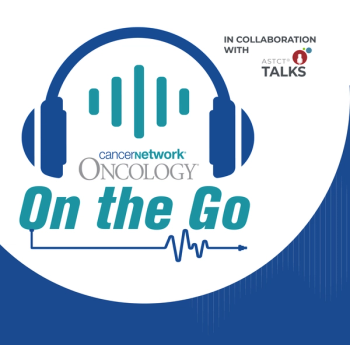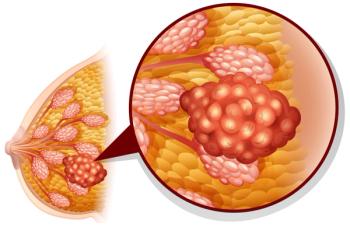
Outlining Screening Demographics for Pancreatic Cancer
Only a few groups of patients get screened for pancreatic cancer, those with a genetic risk or pancreatic cysts among them, which can increase lethality for unidentified populations.
According to Brian M. Wolpin, MD, MPH, pancreatic cancer screening is not done often despite its high lethality because of how rare it is. Instead, screening is concentrated among a few subgroups of patients who are suspected to be at higher risk.
Wolpin, director of the Gastrointestinal Cancer Center and co-director of the Pancreas and Biliary Tumor Center, and Robert T. and Judith B. Hale Chair in Pancreatic Cancer at Dana-Farber Cancer Institute, and professor of medicine at Harvard Medical School, spoke with CancerNetwork® following a presentation he gave at the 15th annual Ruesch Center Symposium on pancreatic cancer risk assessment. Of patient groups, Wolpin highlighted patients with a strong family history of pancreatic cancer or those with known genetic risks as a group that does frequently get screened. He noted that the screenings are normally done through endoscopic ultrasound and MRI at specialized clinics around the US.
Wolpin also acknowledged patients who have pancreatic cysts are often recommended to get screened for pancreatic cancer. Many of the cysts tend to be benign, though there are certain types that can transition to cancerous. There are several guidelines for identifying these cysts, though, he noted.
Transcript:
There’s not a lot of screening done for pancreatic cancer. It is a highly lethal disease—unfortunately, it’s the third leading cause of death from cancer in the United States—but it’s not as common as some other cancer types, like breast cancer or colon cancer, so it's hard to use age-based screening, like what we do for breast cancer with mammograms or colon cancer with endoscopies. Because of that, there are only a few groups of patients who get screening for pancreatic cancer. [The first] is patients who have either a strong family history of pancreatic cancer or a known genetic risk, meaning they have an inherited mutation that they got from their parents that predisposes them to get pancreatic cancer; that group of patients we do recommend screening. There are a number of specialized clinics at academic centers around the US that do this. It's usually with endoscopic ultrasound and MRI.
The second group in which there is some screening [is in] patients who have pancreatic cysts. Maybe 10% to 15% of pancreatic cancers develop from an initial cystic lesion in the pancreas. These, we can see on scans and, in fact, they’re quite common. The issue is that, although the cysts are common, [for them to] transfer or transform to cancer is relatively uncommon. Most of the cysts are benign and will never become cancerous, but there are a set of these cysts that can become cancerous. There are a number of different guidelines that suggest which cysts need to be monitored and how to do that.
Reference
Wolpin BM. Expanding the toolbox for pancreatic cancer risk assessment. Presented at the 15th Annual Ruesch Center Symposium; November 21-23; Washington, DC.
Newsletter
Stay up to date on recent advances in the multidisciplinary approach to cancer.





